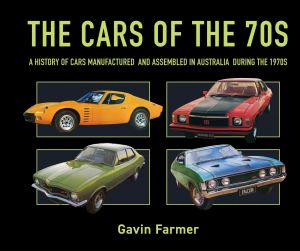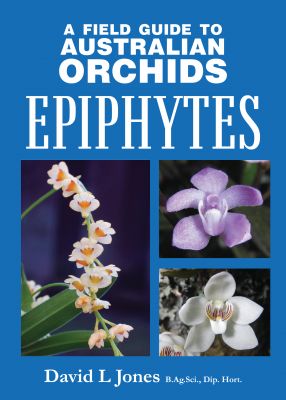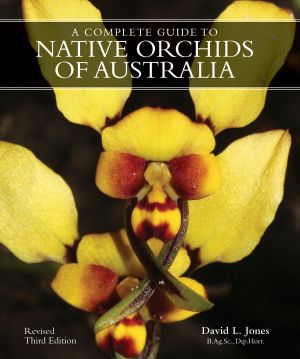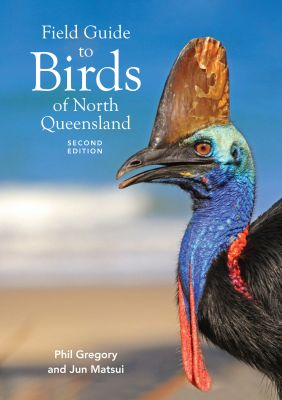A Guide to Spiders of Australia
Updated edition
| By | Volker W Framenau, Barbara C Baehr and Paul Zborowski |
|---|---|
| Format | Paperback / softback |
| Page Extent | 448 |
| Book Size | 28 x 155 x 220 mm (H x W x D) |
| Imprint | Reed New Holland |
| Release Date | 23 Sep 2014 |
| Subject Classification | The natural world, country life & pets / Wildlife: general interest / Wildlife: reptiles & amphibians |
Few animals rival spiders in their diversity of forms and colour, ecological abundance and importance, and complexity of behaviours. Spiders have inspired awe amongst arachnologists and naturalists and at the same time are feared by many. The Australian continent and its offshore islands and territories harbour an estimated diversity of some 8,500 species in 850 genera and 79 families; however, only about 3,500 species in about 650 genera are currently described.
The smallest Australian spiders measure less than one millimetre long when fully grown and the largest easily exceed the span
of a large man's hand. Spiders are mostly terrestrial arthropods, but some specialists inhabit the intertidal zones of the Australian shores. The local fauna also includes peculiar subterranean representatives, including the enigmatic Tasmanian and Nullarbor Cave Spiders, in addition to tiny, pale and blind hunters in the underground voids, fissures and crevices of this ancient continent.
A Guide to the Spiders of Australia is the first comprehensive guide to Australian spiders to cover all 79 families that occur in this country. Almost 400 colour photos of live spiders and about 50 images of their webs are complemented by 50 microscopic shots taken in the laboratory to illustrate the very smallest of spiders. A number of scientific drawings clarify particular features of spiders.
Paul Zborowski
Based in Canberra, Paul Zborowski is an entomologist and photographer who spends his time researching and illustrating invertebrates in Australia and in other locations around the world. He has a passion for presenting the macro details of nature to a wide audience and has written and illustrated 12 nature books using the resources of his image bank, www.close-up-photolibrary.com. He is a field-based scientist, spending long periods undertaking research in the field, and is also a sometimes teacher, both of science and photography.









